I absolutely love houseplants. Heck, I’ve filled my apartment with them – every windowsill, corner, and shelf has something green growing, and it makes me feel like I live in a little jungle.
There’s just something so calming about being surrounded by plants. Plus, they do more than just look good – they can actually help clean the air in your home, making it a more peaceful and healthier place to be.
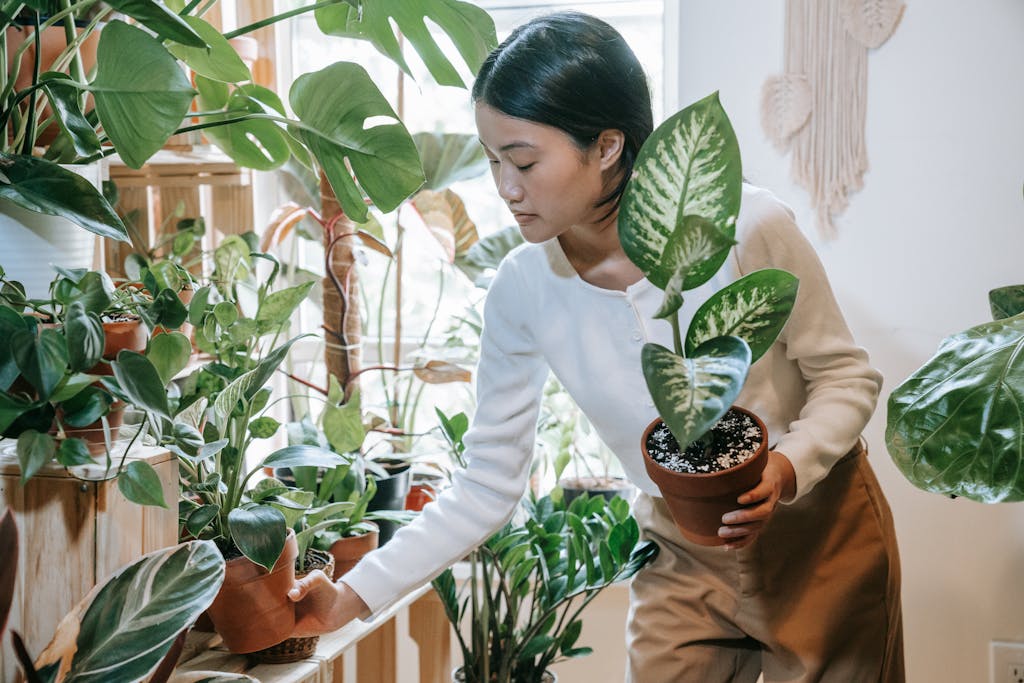
Houseplants That Purify the Air
Not all houseplants are created equal when it comes to air purification, but some have been shown to be particularly effective at filtering out common indoor toxins like formaldehyde, benzene, and carbon monoxide.
Here are a few of my favorites that are easy to care for – and hard to kill.
Pothos (Epipremnum aureum)
Pothos is practically indestructible and grows quickly, even if you don’t give it much attention. It’s happy in low light but will grow faster in brighter, indirect light. You’ll honestly be shocked at how fast these things can grow – and when they grow too much, and you can easily propagate new plants by snipping them and rooting the cuttings in water.
☀️ Low to bright, indirect light
💧 Water when the top inch of soil is dry
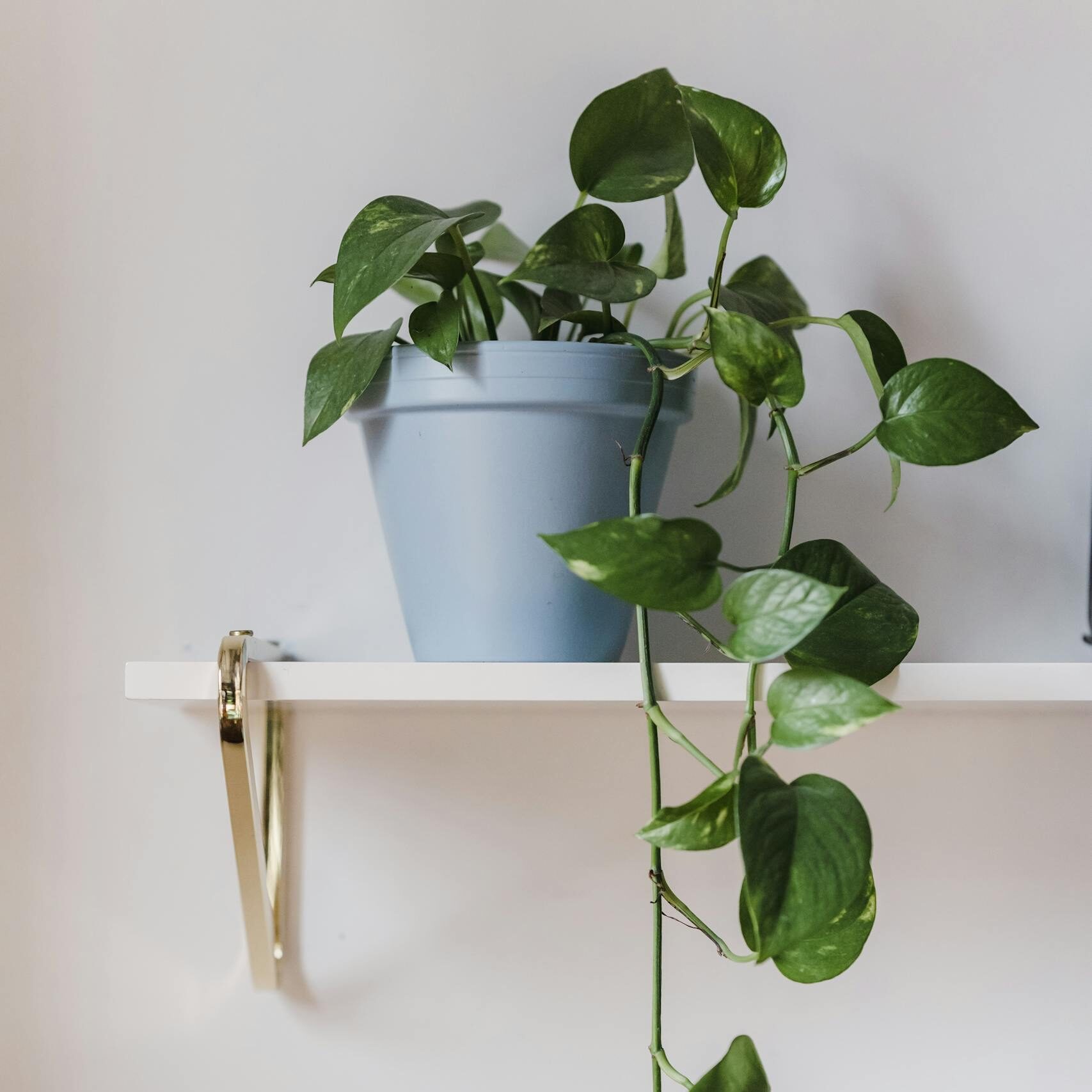
Snake Plant (Sansevieria)
Famous for being nearly impossible to kill, snake plants can survive in low light and only need watering every few weeks (less in winter). They can survive in bright light too, but avoid direct, harsh sun. They also use a process called CAM photosynthesis, meaning they can release small amounts of oxygen at night, making them a nice choice for bedrooms.
☀️ Low to bright light
💧 Water every few weeks
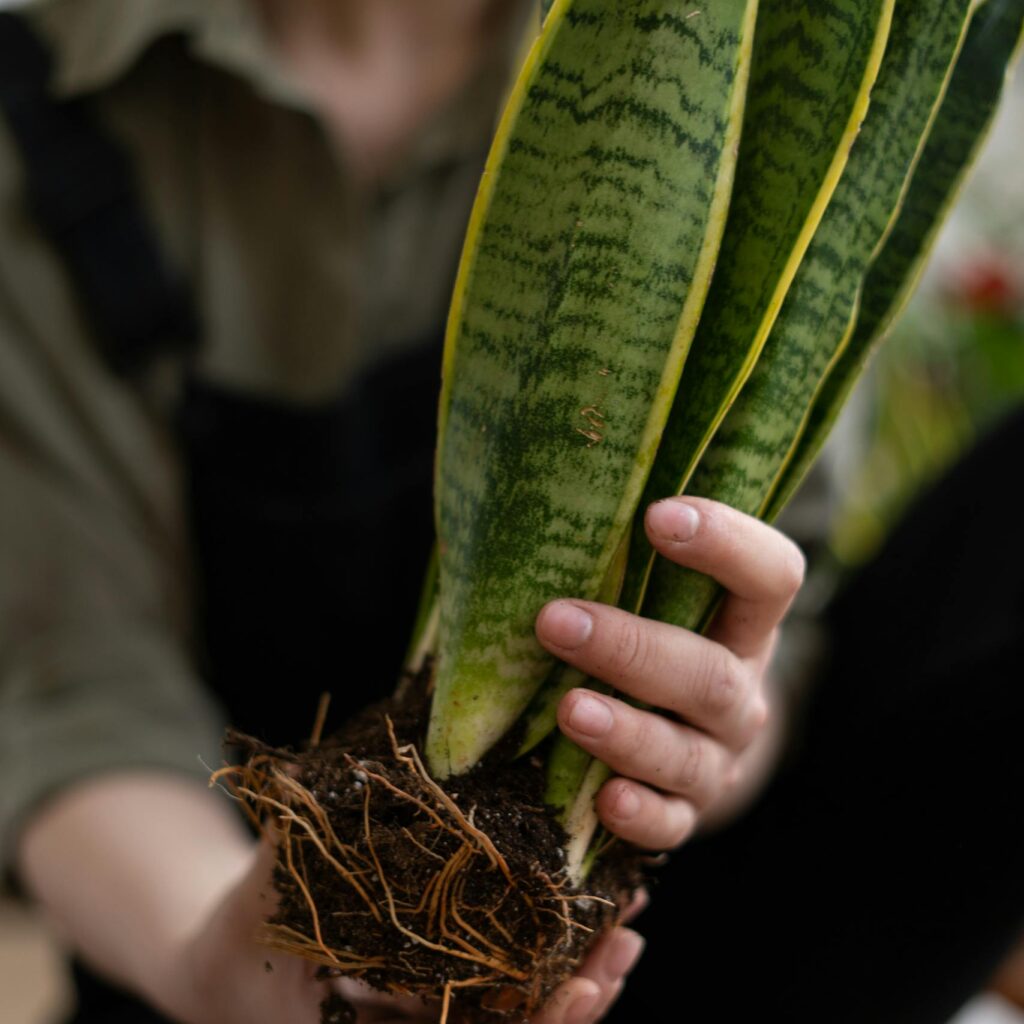
Spider Plant (Chlorophytum comosum)
Perfect for hanging baskets or shelves where the leaves can spill over. They love bright, indirect light but will tolerate lower light levels, and they like to be watered when the top inch of soil dries out. Very forgiving if you forget now and then. Bonus: the little plantlets they grow are super easy to root in water, so you can share them with friends.
☀️ Bright, indirect light (tolerates low light)
💧 Water when top inch of soil is dry

Peace Lily (Spathiphyllum)
Peace lilies do best in medium to low light (too much sun will scorch their leaves) and prefer consistently moist soil — not soggy, just evenly damp. They’re known for their glossy leaves and elegant white blooms, and they can also help filter the air. Keep them away from pets, as all parts are toxic if ingested.
☀️ Medium to low light
💧 Keep soil evenly moist
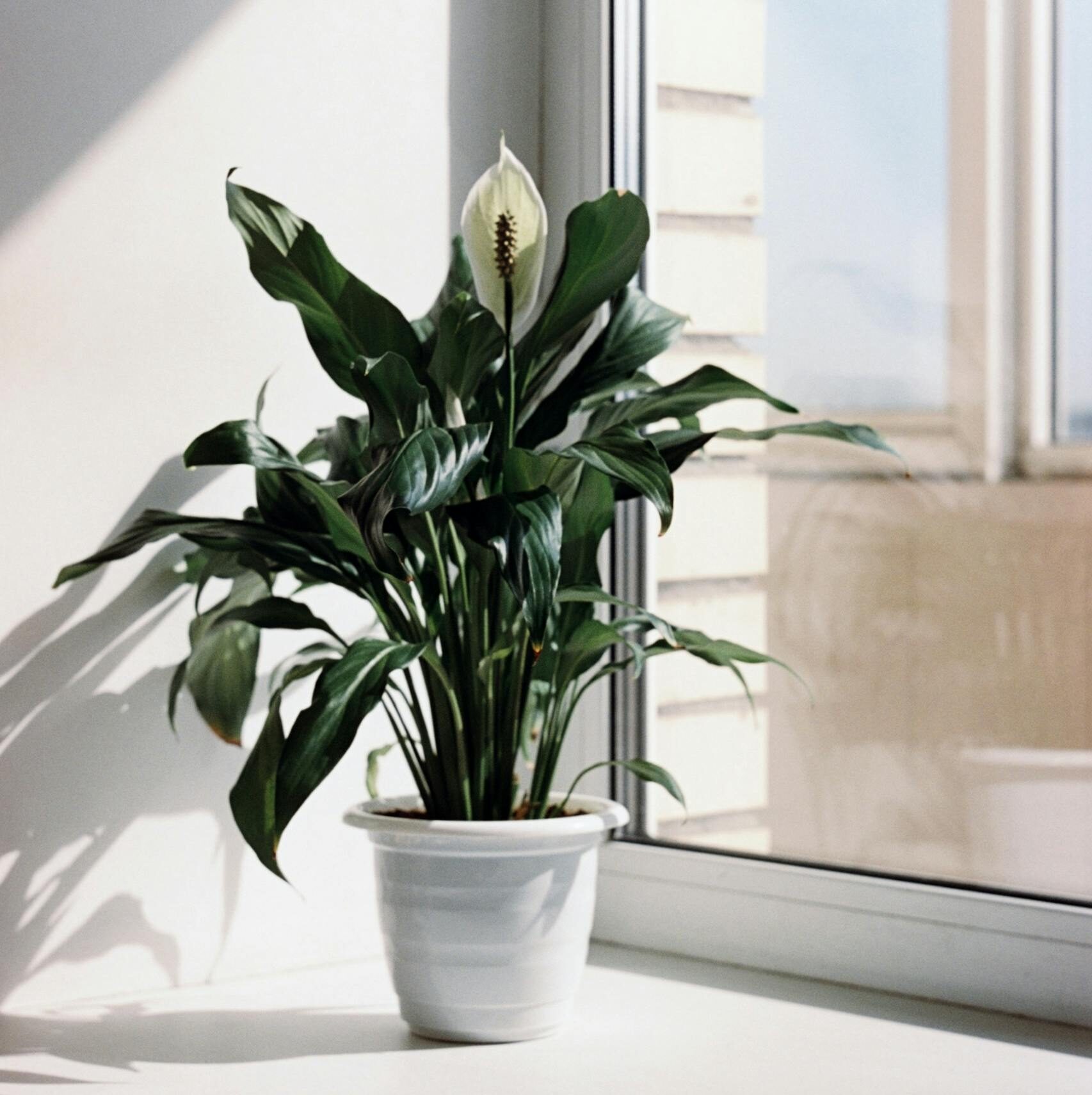
ZZ Plant (Zamioculcas zamiifolia)
The ultimate low-maintenance plant, ZZ plants can handle low light, forgetful watering, and even a bit of neglect. Water when the soil has completely dried out, and avoid overwatering since their rhizomes store water. They’ll also thrive in bright, indirect light if you have it.
☀️ Low to bright, indirect light
💧 Water when soil is completely dry

Monstera (Monstera deliciosa)
With its big, dramatic split leaves, the Monstera brings instant jungle vibes to your home. They like bright, indirect light and prefer to be watered when the top 2–3 inches of soil are dry. They enjoy a bit of humidity, so a light misting now and then won’t hurt. Give them room to grow – they can get pretty huge, especially with a moss pole or trellis for support.
☀️ Bright, indirect light
💧 Water when top 2–3 inches of soil are dry

Propagation: More Plants, Less Waste
One of the best things about houseplants? You don’t always need to buy new ones. Many common houseplants, like pothos, monstera, and spider plants, are incredibly easy to propagate. All you need is a clean pair of scissors and a jar of water.
Propagation means more plants for free – plus, it’s a great way to share your plant obsession with friends (or build your own indoor jungle, like I did).
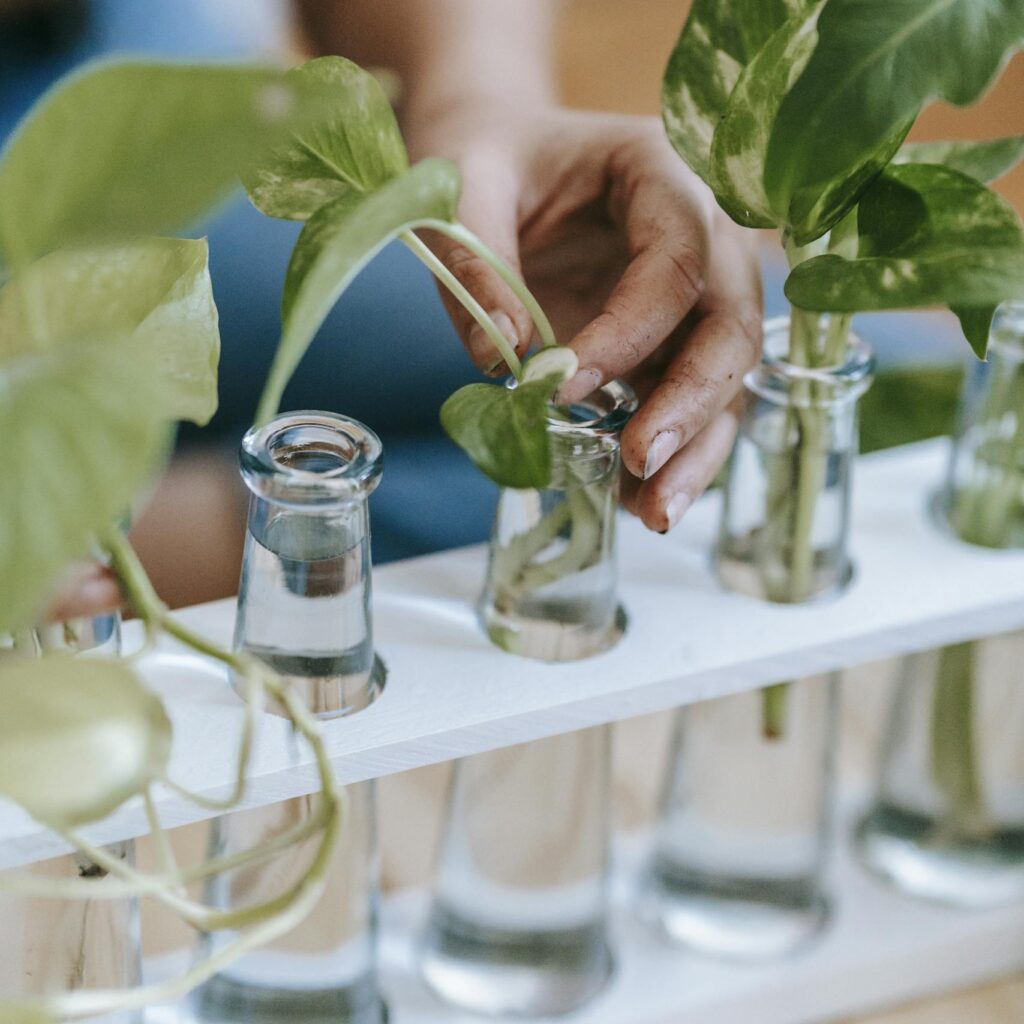
Repurpose & Reuse: Sustainable Plant Decor
You don’t need fancy planters to make your plant collection look beautiful. Try this:
🌲 Reusing glass jars as propagation vases
🌲 Turning tin cans into cute, rustic plant pots
🌲 Repurposing old mugs or bowls for small succulents
🌲 Using thrifted baskets for larger plants (just put a plastic liner inside)
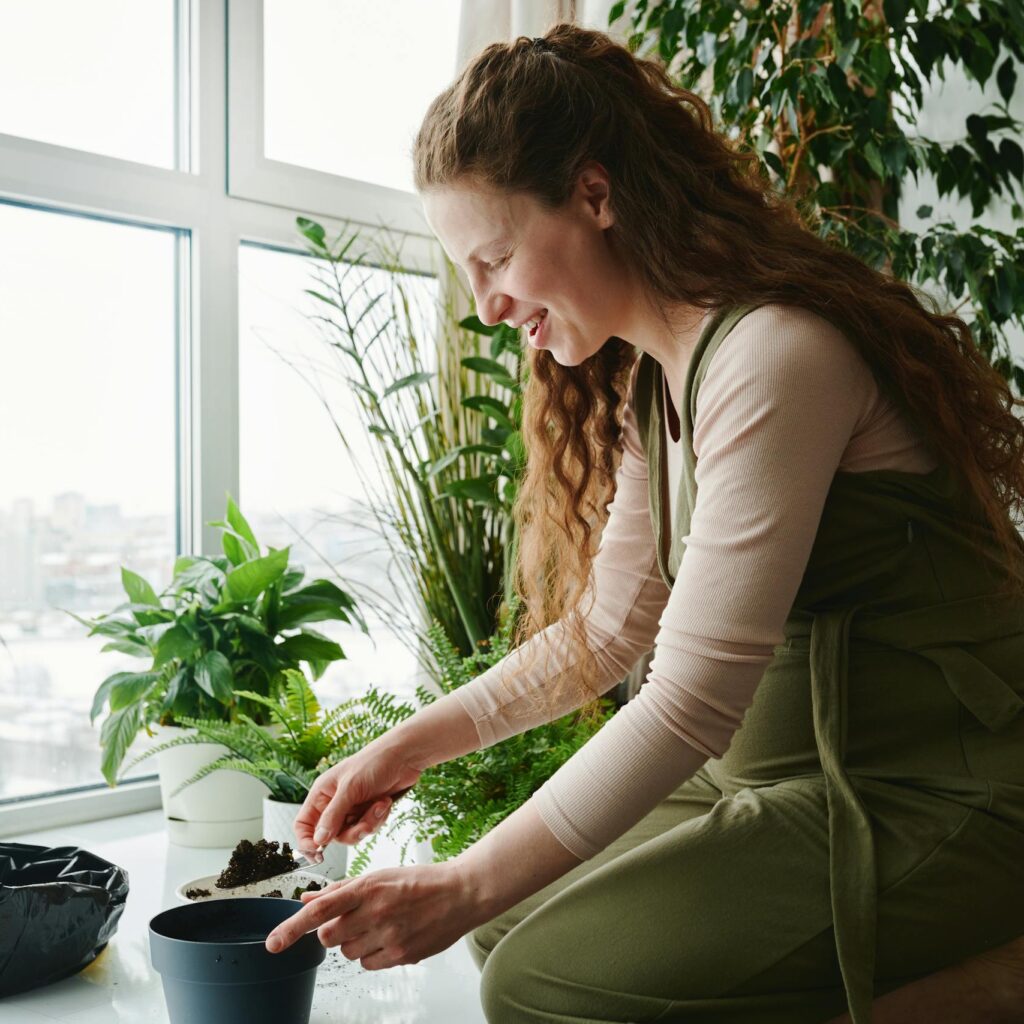
There’s something really satisfying about finding new life for old items, and plants just make everything look better.
A Healthier Home, Naturally
In addition to improving air quality, houseplants help regulate humidity, reduce stress, and even boost productivity. They bring a little bit of the outside world in – something that’s especially valuable if you live in a city or don’t have access to much outdoor space.
And for me, having plants around isn’t only about health or aesthetics – it’s about creating a home that feels alive, cozy, and a little ✨magical✨.
